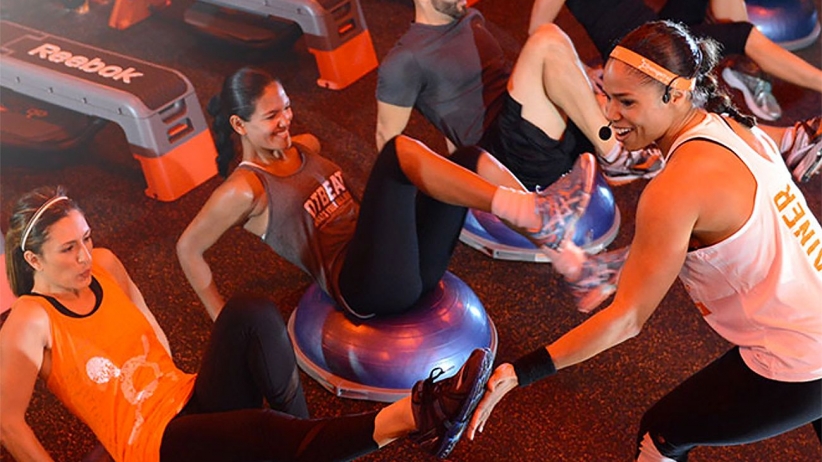
I’ve got to be honest: I’m an Orangetheory Fitness junkie.
Orangetheory is a science-backed group fitness model that focuses on monitoring participants’ heart rate during high-intensity interval training exercises to achieve the ideal metabolic workout. According to Fox News Health, sessions increase energy, tone the body and burn up to 1,000 calories.
Orangetheory has exploded in popularity over the past three years, the Huffington Post reports, and is practiced more than two million times per month. There are 400 Orangetheory U.S.-based locations alone, and many more in the works worldwide.
Related: Arizona Couple Helps Hundreds Burn Calories at Their 7 Orangetheory Fitness Studios
The Orangetheory workouts seem to me, as a member, to be incredibly effective, but their appeal goes beyond my dream of achieving arms comparable to Michelle Obama’s. No, the real reason for my Orangetheory addiction stems from how well its mechanisms “hooked” me on an immediate, unconscious level and how they might be applied to business.
In fact, I believe entrepreneurs can learn from Orangetheory’s approach — leveraging similar psychological drivers to lift their customers, and their companies, to the next level.
How Orangetheory can enhance the entrepreneurial experience
An obvious reason Orangetheory has become so popular is the intense, novel workout experience of each class. Another is its unique approach to selling an age-old product (fitness) by appealing to human behavioral motivators. The tactics keep customers of every body shape and fitness level engaged, satisfied and thirsting for more.
Understanding, in this way, how to play to the human psyche is a valuable goal for any business leader, especially in the early stages of business development. After all, determining what motivates customers and employees is a major contributor to business success.
That’s why entrepreneurs in every industry should take a page from Orangetheory’s behavior science book, considering business strategies such as:
1. Embrace the “Medium Effect.” Orangetheory has become a phenomenon because it masterfully gamifies the workout experience. In each high-intensity interval workout, participants wear heart-rate monitors and track their stats on overhead screens.
Their goal is to reach the desired “orange zone” for at least 12 minutes, each one represented by a “splat point.” Earning 12 splat points “unlocks” up to 36 hours of post-workout metabolism “after burn.” Free calorie-burn! To me, all the fast-turning points, rounds and rewards make an Orangetheory class feel like an intense 53-minute video game (minus the luxury of sitting on my couch).
One explanation for why these point-based gamification systems are such powerful motivators could be the “Medium Effect.” In their research at the University of Chicago, Christopher Hsee and his associates demonstrated that when there’s a medium point between our effort and our goal, we have a bias toward maximizing the medium itself.
In this way, the…

